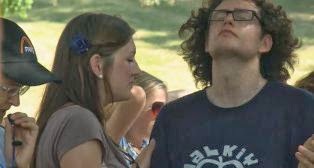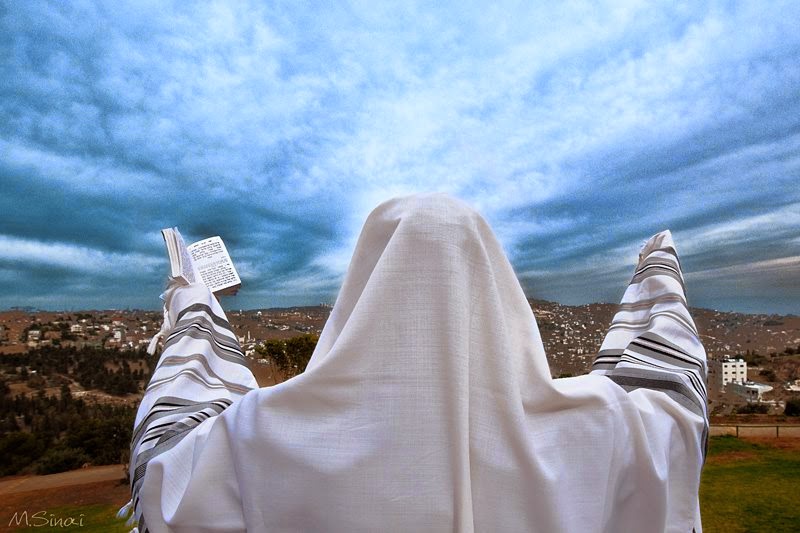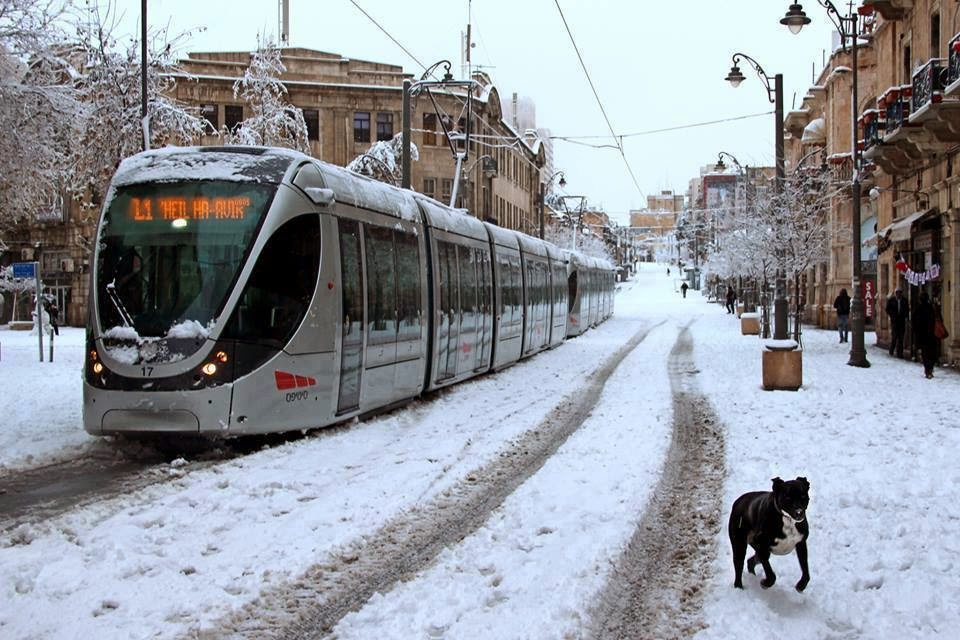Life in Jerusalem, Through a Foreigner’s Eyes
Monday, October 26, 2015 | Theresa Jensen ISRAEL TODAY
It’s a beautiful Shabbat morning in Jerusalem. Children are happy and all is peaceful in our neighborhood. We have been in Jerusalem three weeks, arriving from Seattle, Washington.
Little did we know when we arrived that we would witness the fear, confusion and horror of unbelievable acts of terror on a daily basis. Innocent civilians and soldiers, attacked with knives and run over by vehicles, as they went about their daily activities. Those injured were children; someone’s father, mother, brother, sister, spouse or friend. Fear and apprehension showing on the face of each person we pass on the street.
Twice we were in locations where an attack had just taken place. One at the central bus station in Jerusalem and the other time when three separate events occurred on Jaffa Street. We witnessed the chaos resulting from these brutal attacks; people rushing to get out of the area. Employees in the shops along Jaffa Street fearing for their lives.
We also heard from parents whose children were summoned by the government to report for military duty. Their children have already completed their time in the military and are now part of the reserve forces. They were summoned to defend and protect those who wore an “invisible” target on their back just because they happen to be Jewish.
The news broadcasts outside of Israel have been disgusting. The media implies that Israel provoked this violence, downplaying these senseless and brutal acts of murder.
We are honored to stand with Israel in this horrible time in their history.
Our landlady was convinced we would leave the first week of our arrival due to the “situation.” When we told her we had no intention of leaving she was so touched. She was sure we would want to go. We told her that is exactly what the terrorists want us to do; we will not leave, rather we will show the people of Israel they are not alone.
Everywhere we go we share that the people of the United States are strong supporters of Israel. We honor those that God calls “the apple of His eye.”
Want more news from Israel?
Click Here to sign up for our FREE daily email updates
Click Here to sign up for our FREE daily email updates

+Israel365.jpg)
+-+Israel365.jpg)


.jpg)



.jpg)









